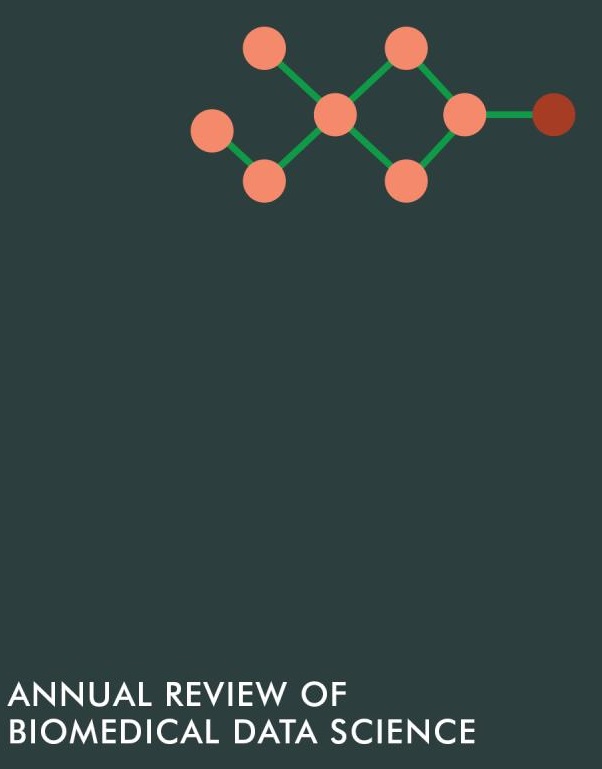The Cell Physiome: What Do We Need in a Computational Physiology Framework for Predicting Single-Cell Biology?
IF 7
Q1 MATHEMATICAL & COMPUTATIONAL BIOLOGY
Annual Review of Biomedical Data Science
Pub Date : 2022-02-27
DOI:10.1146/annurev-biodatasci-072018-021246
引用次数: 5
Abstract
Modern biology and biomedicine are undergoing a big data explosion, needing advanced computational algorithms to extract mechanistic insights on the physiological state of living cells. We present the motivation for the Cell Physiome project: a framework and approach for creating, sharing, and using biophysics-based computational models of single-cell physiology. Using examples in calcium signaling, bioenergetics, and endosomal trafficking, we highlight the need for spatially detailed, biophysics-based computational models to uncover new mechanisms underlying cell biology. We review progress and challenges to date toward creating cell physiome models. We then introduce bond graphs as an efficient way to create cell physiome models that integrate chemical, mechanical, electromagnetic, and thermal processes while maintaining mass and energy balance. Bond graphs enhance modularization and reusability of computational models of cells at scale. We conclude with a look forward at steps that will help fully realize this exciting new field of mechanistic biomedical data science. Expected final online publication date for the Annual Review of Biomedical Data Science, Volume 5 is August 2022. Please see http://www.annualreviews.org/page/journal/pubdates for revised estimates.细胞重组:我们在预测单细胞生物学的计算生理学框架中需要什么?
现代生物学和生物医学正在经历大数据爆炸,需要先进的计算算法来提取活细胞生理状态的机制见解。我们提出了细胞生理组项目的动机:创建、共享和使用基于生物物理学的单细胞生理学计算模型的框架和方法。以钙信号传导、生物能量学和内体运输为例,我们强调需要空间详细的、基于生物物理学的计算模型来揭示细胞生物学的新机制。我们回顾了迄今为止在创建细胞生理组模型方面的进展和挑战。然后,我们引入键合图作为创建细胞生理组模型的有效方法,该模型集成了化学、机械、电磁和热过程,同时保持质量和能量平衡。键合图增强了细胞计算模型的模块化和可重用性。最后,我们展望了将有助于充分实现这一令人兴奋的机械生物医学数据科学新领域的步骤。预计《生物医学数据科学年度评论》第5卷的最终在线出版日期为2022年8月。修订后的估计数请参阅http://www.annualreviews.org/page/journal/pubdates。
本文章由计算机程序翻译,如有差异,请以英文原文为准。
求助全文
约1分钟内获得全文
求助全文
来源期刊
CiteScore
11.10
自引率
1.70%
发文量
0
期刊介绍:
The Annual Review of Biomedical Data Science provides comprehensive expert reviews in biomedical data science, focusing on advanced methods to store, retrieve, analyze, and organize biomedical data and knowledge. The scope of the journal encompasses informatics, computational, artificial intelligence (AI), and statistical approaches to biomedical data, including the sub-fields of bioinformatics, computational biology, biomedical informatics, clinical and clinical research informatics, biostatistics, and imaging informatics. The mission of the journal is to identify both emerging and established areas of biomedical data science, and the leaders in these fields.

 求助内容:
求助内容: 应助结果提醒方式:
应助结果提醒方式:


